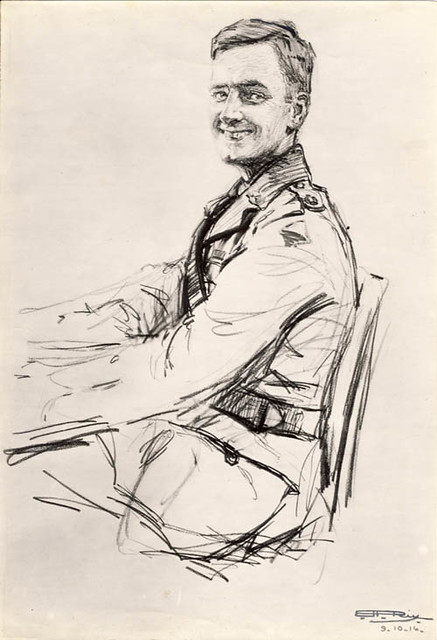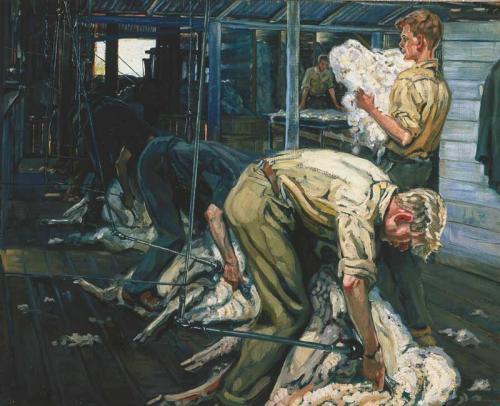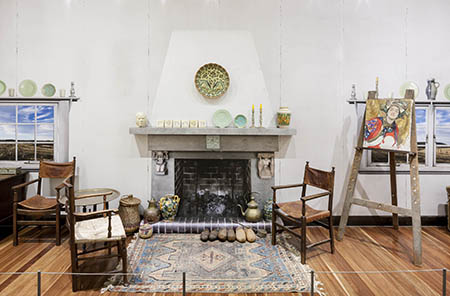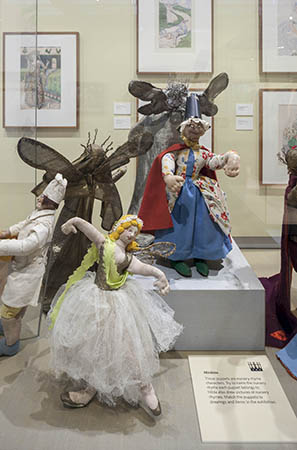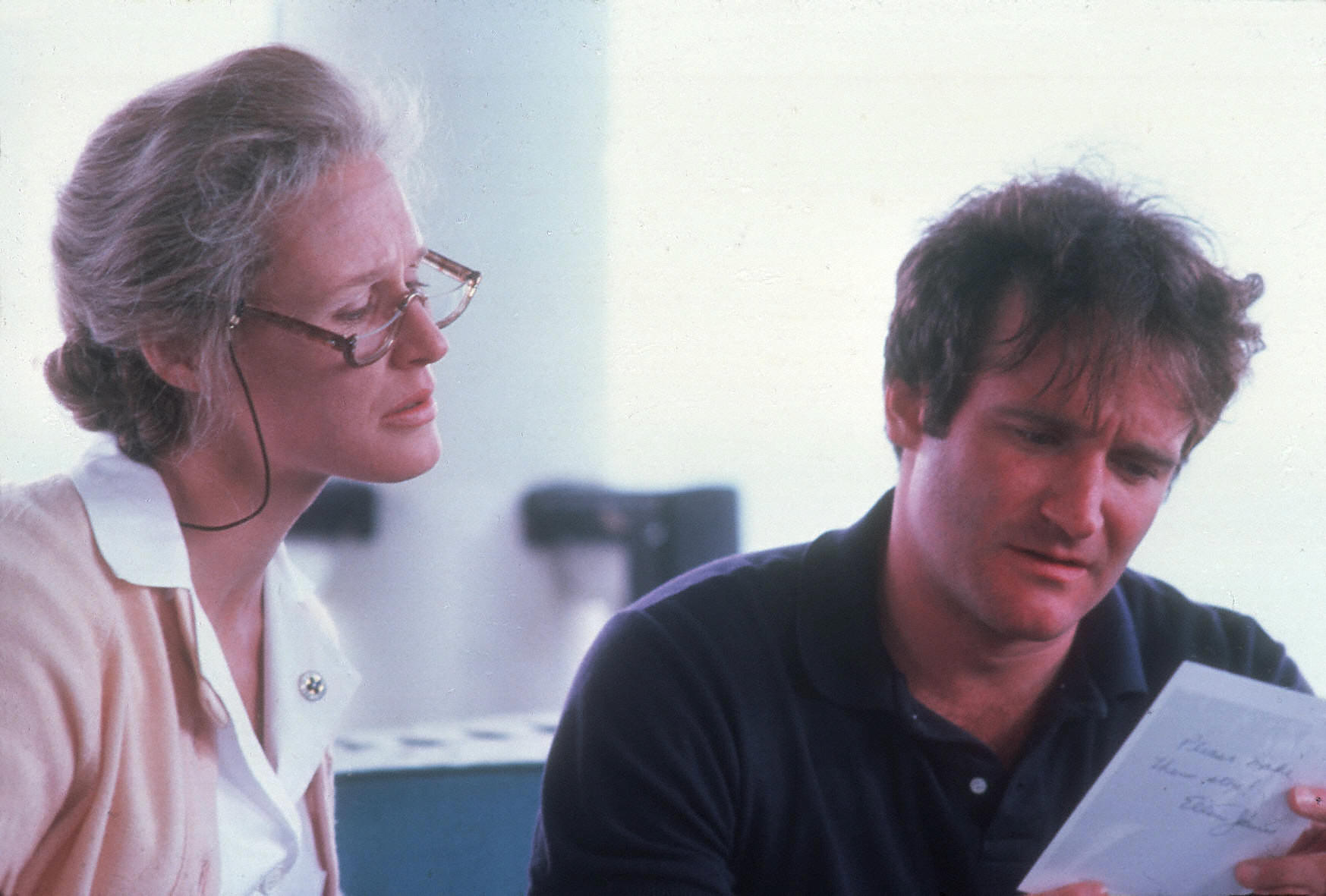 |
| Glenn Close and Robin Williams in The World According to Garp |
It doesn't always work that way. In fact, it very often doesn't. Recently, the film of Life of Pi was a great disappointment, as the novel is one of the best I have read, and the less said about Baz Luhrmann's The Great Gatsby the better. Conversely, Silver Linings Playbook was a very good film although a bit of a shambolic mess as a novel, and Anthony Minghella's The English Patient made a sweeping sentimental saga out of Michael Ondaatje's pretentiously tedious novel.
I finally got round to reading Gone with the Wind earlier this year and I thought it was fantastic, but I have yet to see the film (I will never first see a film if I want to read the book on which it's based) so I can't add that to my list. Because this list is only meant to add up to five, I have got many honourable mentions, such as Trainspotting, which launched careers (Danny Boyle; Ewan McGregor; Robert Carlyle) and brought a raw potency to Irvine Welsh's words, but I didn't like the addition of the female character as a (under-aged) sex interest, which I felt was unnecessary and made me uneasy about exactly to whom this was meant to appeal.
Both One Flew Over the Cuckoo's Nest and To Kill a Mockingbird are excellent adaptations of seriously good novels in the classic American tradition. Stanley Kubrick's version of A Clockwork Orange was challenging and confronting in a way that mirrored Anthony Burgess' dark dystopian vision, although Burgess was unhappy with the altered ending.
Sam Mendes directs Kate Winslet and Leonardo DiCaprio to give outstanding performances in Revolutionary Road, but it doesn't quite make the cut because Richard Yates' heart-rending book is even better. And a special mention has to go 1984, with superb performances from John Hurt, Richard Hamilton and Suzanna Hamilton, and a sensational Eurythmics-driven soundtrack. But good as this film is, it is not in my top ten, whereas the novel most certainly is.
 |
| Kate Winslet and Emma Thompson in Sense and Sensibility |
- Sense and Sensibility (1995) - Emma Thompson (who wrote the screenplay), Kate Winslet, Hugh Grant and Alan Rickman star in this classy, funny and lively version of Jane Austen's classic. The nineteen-year old character of Elinor Dashwood was changed to twenty-seven to make it more realistic, both that modern audiences would recognise a spinster and that the thirty-five-year old Thompson could get away with playing her. It works. Supporting cast includes Robert Hardy, Tom Wilkinson, Hugh Laurie, Harriet Walter, Imelda Staunton, and Imogen Stubbs amongst others.
- The Color Purple (1985) - Steven Spielberg directed Alice Walker's ground-breaking novel in a film that doesn't just join the dots, but addresses the issues of racism, sexism, poverty and abuse in a whole new manner. Again the soundtrack is exceptional. The film was nominated for eleven Academy Awards including best picture, best actress (Whoopi Goldberg), best supporting actress (Margaret Avery and Oprah Winfrey) and best music - it didn't win any, equalling the unenviable record for most Oscar nominations without a win.
- Misery (1990) - Steven Kings's books make fabulous films (several critics rave about The Shining, Carrie, and Psycho) and this one is a stand-out. James Caan and Kathy Bates are perfectly imperfect together, and the hobbling scene is simply unforgettable. Director Rob Reiner ratchets up the tension and gives us a crazed fan and a psychotic nurse rolled into one. It's deliciously intense and conceptually terrifying.
- Tristram Shandy: A Cock and Bull Story (2005) - If you want a director to make an impossible film (Laurence Sterne's literary masterpiece The Life and Opinions of Tristram Shandy, Gentleman is considered uncinematic) you call in Michael Winterbottom. If he wants actors to play multi-layered personas with warmth, wit and deceptive levity, he calls in Rob Brydon and Steve Coogan. This self-referential film is funny, clever and outstandingly entertaining.
- A Room with a View (1985) - There aren't enough superlatives for the direction (James Ivory), the acting (Helena Bonham Carter, Maggie Smith, Daniel Day-Lewis, Julian Sands, Simon Callow, Judi Dench, Rupert Graves), the adaptation (Ruth Prawer Jhabvala), the scenery (Florence and Kent), the production values (Ismail Merchant) and the glorious respect displayed for the story by all involved. They've all done E.M. Forster proud.
 |
| Julian Sands and Helena Bonham Carter in A Room with a View |



